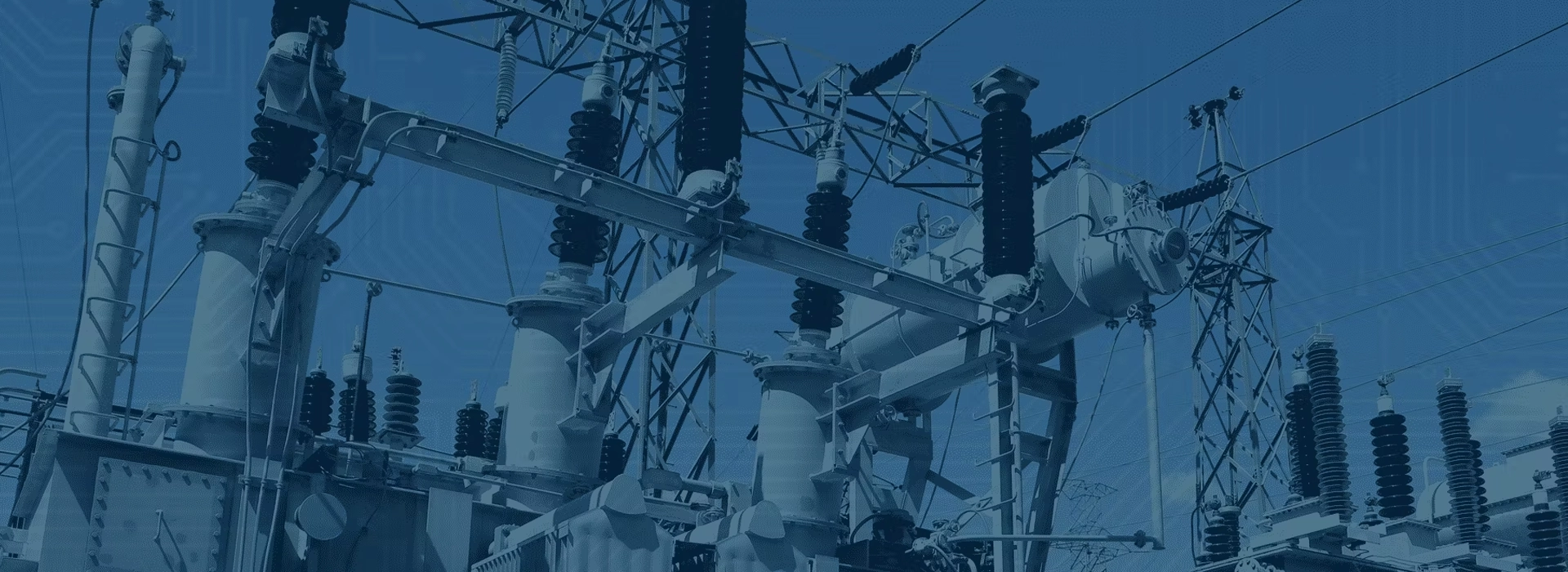Differences Between Surge Arrester and Lightning Arrester
When it comes to protecting electrical systems from overvoltage damage, two commonly used devices are the Surge Arrester and the Lightning Arrester. While often used interchangeably in casual conversation, these two devices have distinct roles, designs, and applications. Understanding their differences is critical for selecting the right protection for power systems, substations, or buildings.
⚡ What is a Surge Arrester?
A Surge Arrester is an electrical device used to protect equipment from transient overvoltages caused by switching events, electrical faults, or lightning. It functions by diverting excess voltage to the ground and restoring normal operation without interrupting the system.
Surge Arrester Structure and Working Principle
Modern surge arresters are primarily made with metal oxide varistors (MOVs) encased in polymer or porcelain housings. These MOVs have highly nonlinear characteristics, meaning they remain non-conductive under normal voltage but quickly become conductive during voltage surges, clamping the voltage and directing the excess to ground.
Common Models of Surge Arresters
Zinc Oxide (ZnO) Surge Arresters – widely used in high-voltage systems
Station Class Arresters – used in substations and industrial plants
Distribution Class Arresters – designed for medium-voltage distribution lines
Secondary Arresters – protect residential or commercial low-voltage systems
Surge Arrester Applications
Power transformers
Medium and high-voltage switchgear
Power transmission and distribution lines
Renewable energy systems (solar, wind)
Industrial automation systems
Surge Arrester Standards
Surge arresters are regulated by international standards such as:
IEC 60099-4 – Metal-oxide surge arresters without gaps
IEEE C62.11 – Standard for AC surge arresters for power systems
🌩️ What is a Lightning Arrester?
A Lightning Arrester is a device used specifically to protect buildings, overhead lines, and electrical systems from direct lightning strikes or lightning-induced voltage surges. It acts as the first line of defense by intercepting lightning before it can penetrate the system.
Lightning Arrester Structure and Working Principle
Traditional lightning arresters consist of spark gaps or air gaps that create a path to ground when the voltage exceeds a certain threshold. Newer lightning arresters may also incorporate MOVs, similar to surge arresters, but they are positioned and designed primarily for lightning energy redirection.
Common Models of Lightning Arresters
Rod Gap Arresters – simple rod-to-rod gap devices
Horn Gap Arresters – use diverging metal rods to form a gap that breaks down during surges
Valve-Type Arresters – used in older systems with nonlinear resistors
Zinc Oxide Lightning Arresters – modern variant with better energy handling
Lightning Arrester Applications
Overhead transmission lines
Building rooftops
Substation protection
Railway signaling systems
Communication towers
Lightning Arrester Standards
Lightning arresters are typically covered under:
IEC 60099 series (for gapless MOV types)
IEC 62305 – Protection against lightning
Local building codes for structural lightning protection
🔍 Key Differences Between Surge Arrester and Lightning Arrester
| Feature | Surge Arrester | Lightning Arrester |
| Function | Protects against all transient surges (lightning, switching, etc.) | Protects against direct lightning strikes |
| Installation | Close to electrical equipment | On rooftops, poles, or entry points |
| Structure | Metal oxide varistor (MOV) | Air gaps, spark gaps, or MOVs |
| Typical Models | ZnO arresters, station/distribution/secondary arresters | Rod gap, horn gap, valve-type, ZnO lightning arresters |
| Standards | IEC 60099-4, IEEE C62.11 | IEC 62305, IEC 60099 series |
| Main Use | Equipment and system protection | Building and line protection |
Choosing the Right Arrester for Your System
Use a Surge Arrester when your primary goal is to protect electrical equipment from voltage spikes caused by switching or indirect lightning.
Use a Lightning Arrester when you need to shield buildings or overhead lines from direct lightning strikes.
In many modern systems, Surge Arresters have largely replaced traditional Lightning Arresters due to their broader protection scope and more advanced materials.
Both Surge Arresters and Lightning Arresters play vital roles in electrical protection, but understanding their differences helps in making the right choice for your infrastructure. Whether you’re protecting a substation, power line, or industrial equipment, selecting the correct arrester based on voltage level, exposure risk, and applicable standards ensures reliable and safe operation.
For high-quality Surge Arresters and Lightning Arresters, consult us, we are the manufacturers who adhere to IEC 60099 and IEEE standards, we can provide models tailored to your specific voltage class and installation environment.

